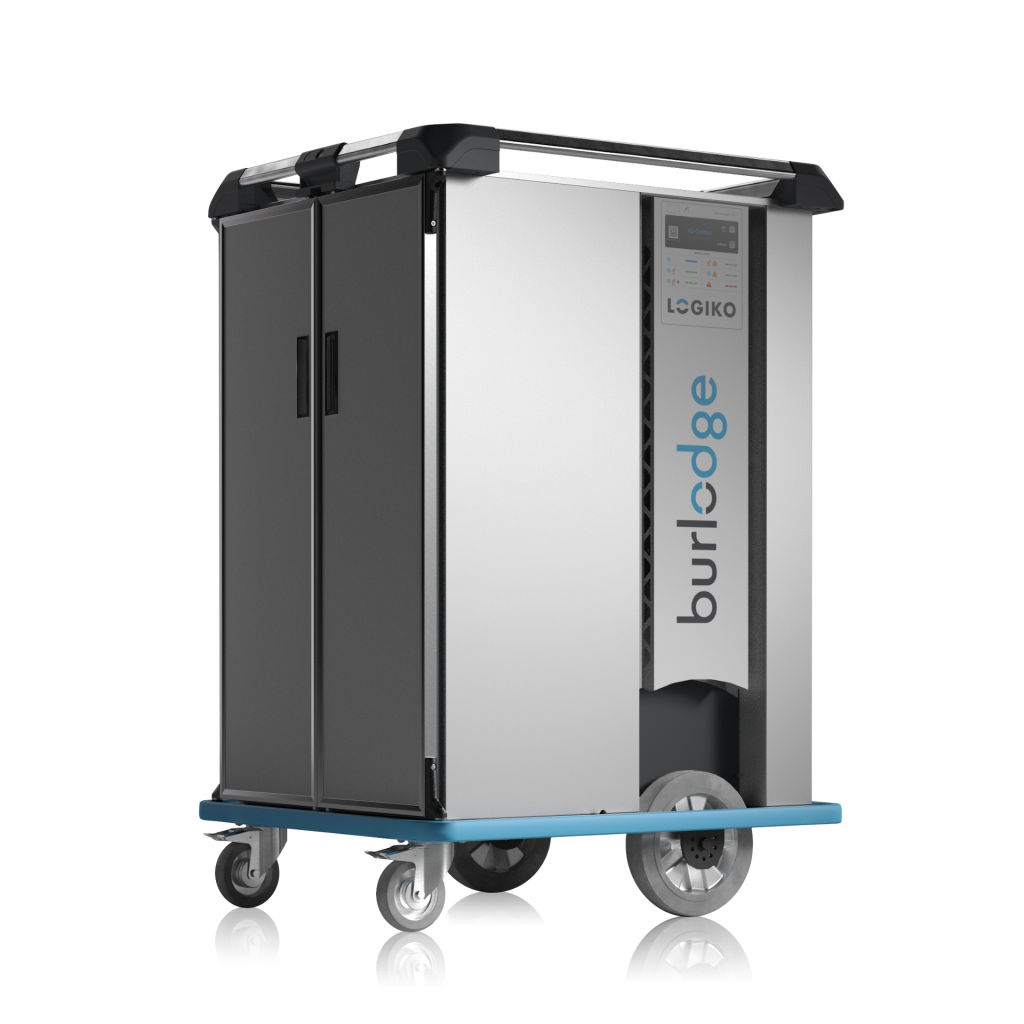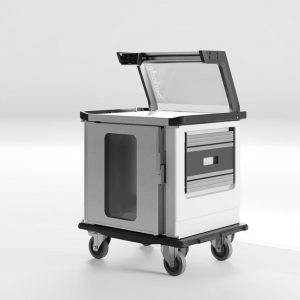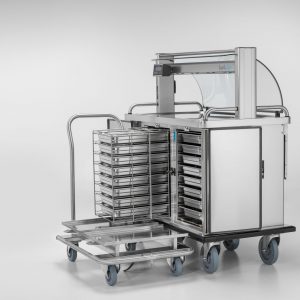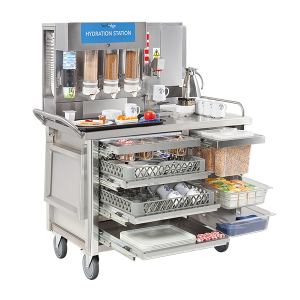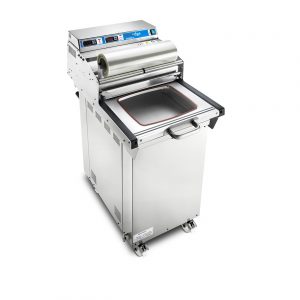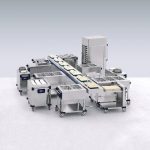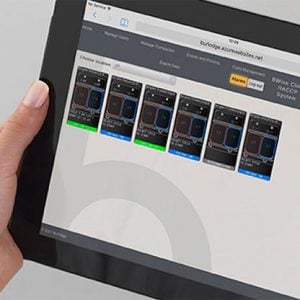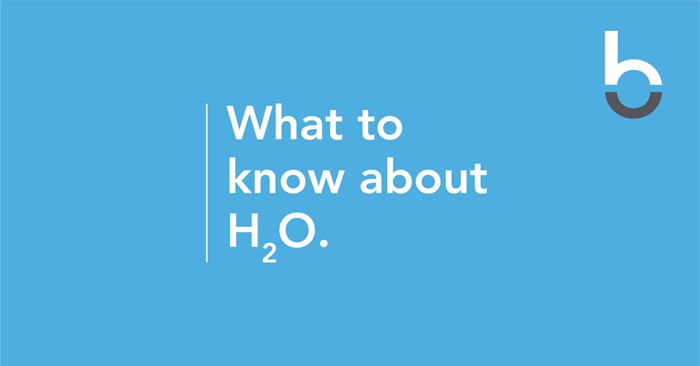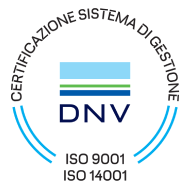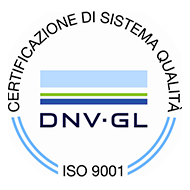As the co-founder of Apple, Steve Jobs was an early proponent of what has become known as design thinking. He recognized the importance of developing practical tools while revolutionizing technology. In doing so he embraced a few simple design principles that will not only affirm his legacy, but that offer lessons in how we interact with whatever equipment is essential to our day-to-day.
“We don’t really talk about design a lot around here, we talk about how things work,” said Steve Jobs, one of the most influential designers of mass-adopted modern technology.
While Jobs was a master marketer of some of the most iconic technological devices the world has ever known (think the Macintosh computer, iPod, iPad, iPhone and more), it was his intuitive sense of how technology could really work for humans that distinguished him from everyone else.
Simple as the idea sounds, Jobs differentiated himself by focusing not on the technology, but on the user. What do users want to do with the technology? That was the question that was at the root of any products or processes. And in developing ideas that would best serve people in an era cluttered with electronica, he and his crack team of designers delivered a line-up of revolutionary products that will forever have an impact on how the world interacts with technology. It says something that even since Jobs’ death in 2011 he has won 141 patents and holds over 450.
This is the type of approach that we want to emulate at Burlodge. To think about the relationship our clients have with equipment. How they interact with it, manoeuvre it, depend on it. It’s a great lesson for constantly challenging ourselves to keep the user at the centre of the picture and let the design of technology follow.
As a reminder of how we can always be more rigorous in our thinking, it’s always good to come back to the design principles that Jobs upheld in approaching or assessing any product.
Simplicity – a product must be easy to use.
Friendliness – design technology should be approachable and welcoming Minimalism – keep only those essential elements in the product
Precision – every element that contributes to design must be meticulous
Focus – nothing extraneous, no bells and whistles that will divert from the primary function
Agree with those ideals? Or do you have something to add to the list? What matters to you in how you can get the most out of the equipment you rely on?

